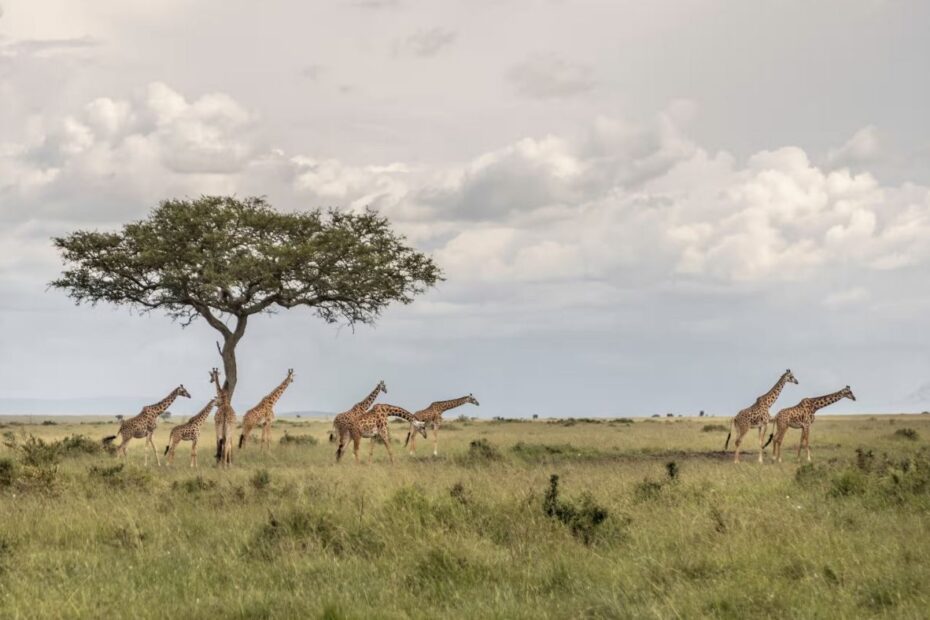
Community-run conservancies in Africa are emerging as a successful alternative to national parks for wildlife conservation. These conservancies, managed by local farmers, herders, and hunter-gatherers, cover millions of hectares and often harbor more wildlife than traditional protected areas. In Kenya, conservancies like Nashulai Maasai have doubled wildlife populations while reducing human-wildlife conflict and creating jobs. Likewise, Namibia’s extensive network of conservancies has stabilized wildlife populations despite challenges like climate change and population growth. Unlike “fortress conservation,” which displaced Indigenous people, conservancies integrate community participation, offering income from tourism, hunting, and biodiversity markets. Experts argue this model fosters coexistence and sustainably protects habitats, as local communities have direct incentives to conserve resources. With Africa’s population surging, these initiatives are seen as vital for balancing human needs with conservation efforts, demonstrating a replicable model for global conservation challenges.
Source: The Guardian










